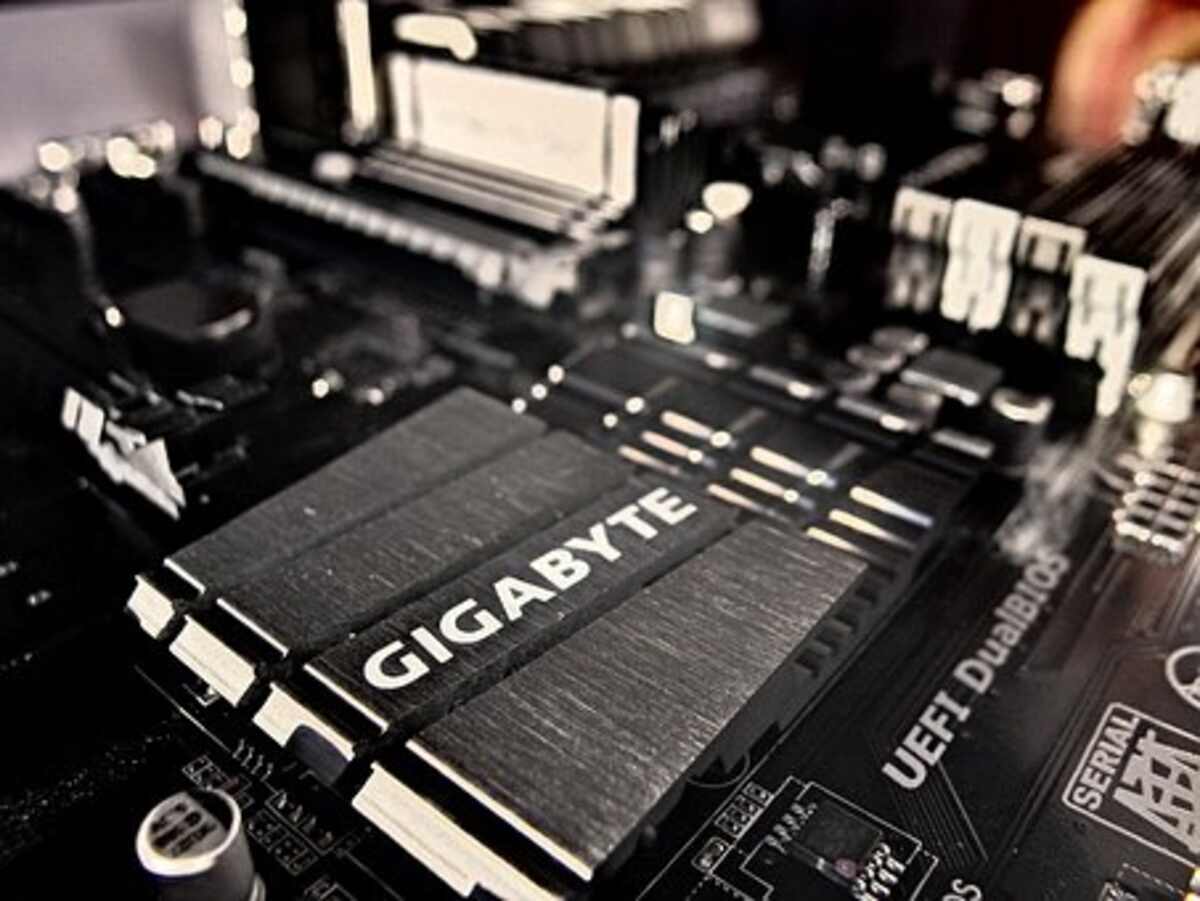During my recent search for a new CPU, I came across the AMD Ryzen 5 4500U and was surprised to find out that it performs quite well for a budget CPU. I’ll take a look at the CPU’s performance as well as its compatibility with other components. I also take a look at the CPU’s overclocking potential and what kind of benchmark results you can expect from it.
Benchmark results
Compared to the older generation Ryzen mobile APUs, the Ryzen 5 4500U is a better performer. Its performance is similar to that of the Intel Core i7-1065G7, but with a lower price. It also has AMD’s Radeon graphics, which are much faster than Intel’s UHD series.
The AMD Ryzen 5 4500U is also a lower-power chip. Its power consumption is 26W. It is close to Intel’s U-series parts in terms of power consumption. It is also a better performer in multi-core tests. However, it falls behind in Cinebench and Handbrake.
However, the main use case for the Ryzen 5 4500U’s integrated graphics is gaming at low settings. The processor’s integrated graphics is faster than Intel’s UHD series and also faster than the Radeon graphics on the previous generation Ryzen 3000 U series.
Ryzen 5 4500U also offers a significant boost in computational power. Its multi-core performance is up to 50% better than the Intel Core i5-9600k. It is also up to 15% faster in burst and single-thread workloads.
CPU’s overclocking potential
Whether you’re a PC gamer or a business professional, overclocking your CPU can make a big difference in performance. While it’s not an exact science, it’s a simple way to get a higher clock speed. But the process requires some knowledge and patience.
First, you’ll need to find the right tools for overclocking. This includes a motherboard and an overclocking utility. Ideally, you’ll want to use one that can help you push the limits of your processor while keeping the system stable.
If you’re going to overclock, you’ll also need to set some baseline measurements. These measurements can help you determine if you’re making acceptable tradeoffs for the additional performance. For example, you might want to use a synthetic gaming benchmark to check if your overclock is working. However, results can vary depending on your hardware, as well as your skill level.
There are many ways to overclock your CPU, but the basic method involves bumping up the frequency of your processor. This may require some compromises, though.
Compatibility with other computer components and devices
Keeping your cool at the office has never been easier thanks to a new breed of high-tech cooling devices that can be incorporated into your home office setup without having to forgo quality latte time. Compatibility with other computer components and devices is paramount in a modern world where work, play, and frugality are all a part of the same workday. For many businesses, the best way to stay ahead of the competition is to have a jack of all trades. With this in mind, what are your best options and what can you do to help keep your cool? The answer is to look no further than your local computer specialist. Besides a plethora of high-tech cooling devices, the best place to start is with a comprehensive computer safety and security policy. Having a well-designed and enforced policy will protect your company from a multitude of threats.
Performance vs Core i7-1065G7
Compared to the Core i7-1065G7, the AMD Ryzen 5 4500U is better in a variety of ways. It has more cores, better single-thread performance, and a higher base clock. The processor also consumes less power, making it a better option for laptops. It’s also great for 3D animation and rendering.
The Ryzen 5 4500U is designed for the thin and light laptop market. It has a 26W configuration, making it a good ultraportable option. The processor also performs well in multi-core and burst workloads. It outperforms Core i7-10650H by up to 15%.
The AMD Ryzen 5 4500U has a higher base clock, as well as a higher turbo clock. The processor has six Zen 2 cores, with a clock of 2.3 GHz to 4.0 GHz. The processor has six transistors and a cache size of 256MB. It also supports LPDDR4X memory.
It is worth noting that AMD’s Ryzen 5 4500U and the Core i7-1065G7 support additional instructions, as well as security and multiplier lock state. They also offer faster performance in single-thread tests and lower power limits.
